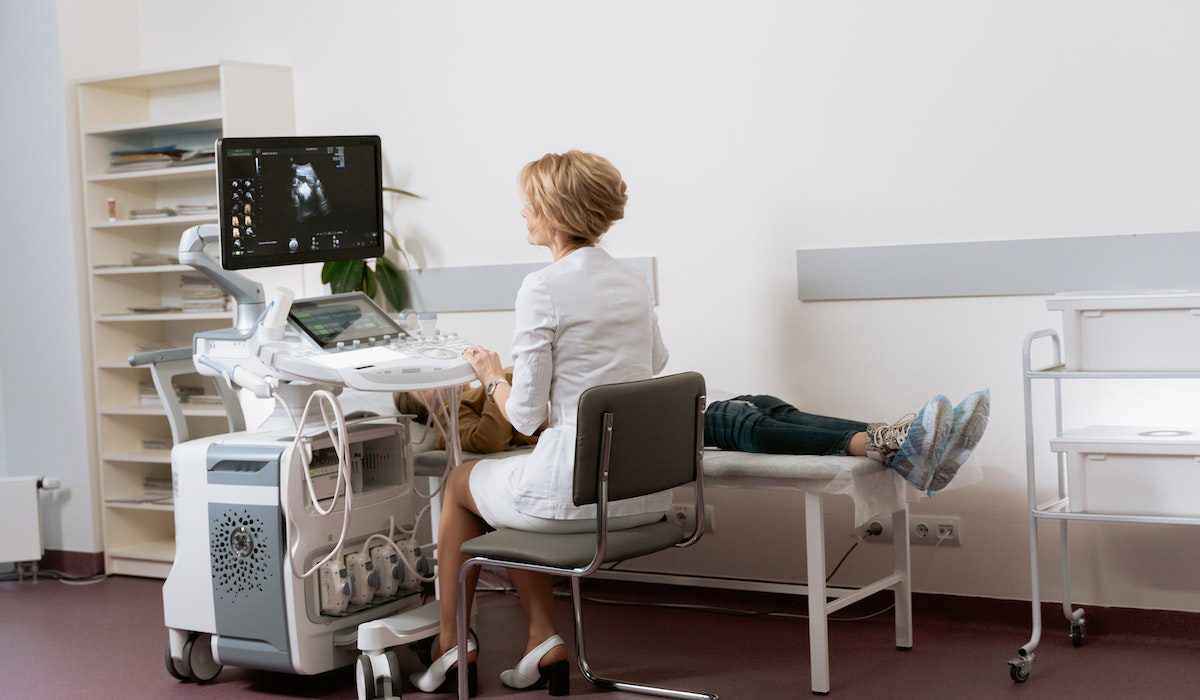Patient comfort is an essential part of providing quality healthcare. When patients feel comfortable and at ease in the exam room, they are more likely to converse with their healthcare provider, provide accurate information, and receive the care they need. Creating a comfortable environment for patients during their exams is also essential for delivering a positive experience and building trust. The following are ways to ensure you improve patients’ comfort in the exam room.
1. Make Sure the Room Temperature is Comfortable
One of the first things patients notice when they arrive in the exam room is the temperature. To ensure that patients feel as comfortable in the room, healthcare providers can ensure that the temperature is at the right level. For instance, offices that are cool during the summer months can have an overwhelming effect on patients.
By maintaining the correct temperatures in the exam room, patients can better remain comfortable, regardless of their skin type. Patients may feel dizzy or susceptible to heat rash if the room is too warm. If the room is too cold, patients may feel like they are getting sick.
2. Ensure There is Adequate Light in the Exam Room
Light has a significant impact on the human body. Adequate light can make all the difference for patients with compromised vision. If the room does not have enough light, a healthcare provider can dim the lights or turn on a lamp that has a soft, diffused glow. When too much light enters the room, patients may feel uncomfortable.
3. Make Sure the Room is Clean and Inviting
As a healthcare provider, it is essential that the exam room is clean and inviting. When the room looks clean and inviting, it suggests that the equipment and tables are also clean. Having clean tables and equipment in the exam room sends a positive message to patients. Cleanliness on a microscopic level can alter patients’ moods and feelings in the exam room.
When the exam room is too messy, patients may feel restrained and unable to express themselves fully. To ensure the room is clean, healthcare providers can wipe the tables with a disinfecting wipe, mop the floor, and clear any clutter.
4. Consider High-Quality Treatment Tables
To ensure that your patients are comfortable during their examinations, consider investing in treatment tables that you can adjust to accommodate different body types and sizes. There are a variety of treatment tables on the market, so it is essential to do your research to find the one that best suits your needs. When selecting a treatment table, make sure to consider its height, width, and weight capacity to ensure that it can accommodate all of your patients. In addition, you should also make sure that the table has a smooth surface so that your patients can comfortably lie down on it.
5. Give the Patient Privacy During the Exam
Privacy allows the patient to feel more comfortable during the exam. If the patient requests privacy, healthcare providers should respect the request and prevent anyone from entering the exam room while attending to the patient. This makes the exam run more smoothly, as it is easier to examine them when no one is walking around.
6. Provide Educational Materials and Additional Resources
Another best way to make patients feel comfortable is to inform them about their health and treatment options. To do this, healthcare providers can provide patients with informational materials. These materials can include brochures about specific ailments, instructions for a certain procedure, or instructions for medication.
Providing these materials can help patients understand the information they receive from healthcare providers. These resources can include anxiety management plans or healthy practices for managing specific conditions. In addition, if a patient seems to be experiencing discomfort during the exam, healthcare providers can offer to consult a patient-friendly pain management plan.
7. Encourage Patient Questions and Feedback
Healthcare providers can ensure patients feel comfortable by asking questions and receiving feedback. Patients can ask questions about their health condition, treatments, and the exam. They can also provide feedback on the exam room, the treatment table, and the exam process. This allows patients to feel confident in their healthcare provider and receive the care they need.
Conclusion
When patients feel more connected to their healthcare providers, they are more likely to engage in conversations, be honest, and give accurate information about their health. These seven strategies for improving patient comfort can help healthcare providers make their visits to the exam room as welcoming and comfortable as possible. By implementing these strategies, patients are more likely to feel comfortable in the exam room, which can ultimately make for a better experience for both parties.

As the editor of the blog, She curate insightful content that sparks curiosity and fosters learning. With a passion for storytelling and a keen eye for detail, she strive to bring diverse perspectives and engaging narratives to readers, ensuring every piece informs, inspires, and enriches.










